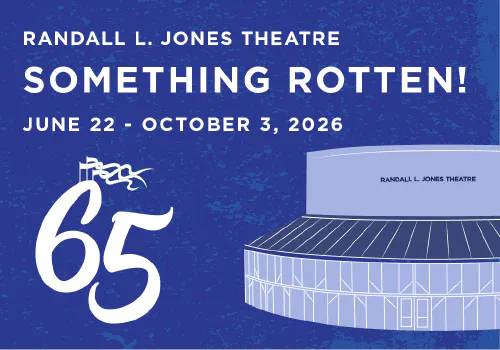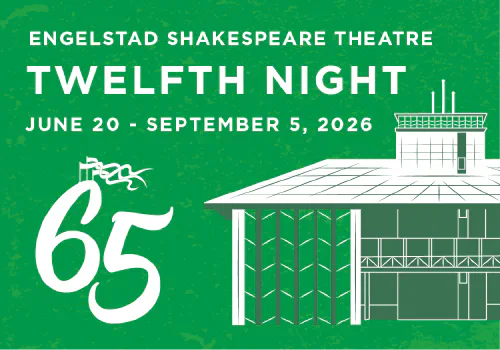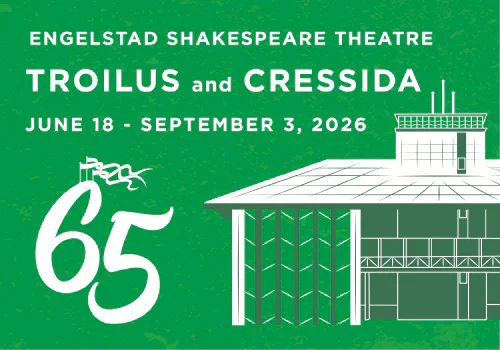Noel Coward subtitled Blithe Spirit “an improbable farce,” and it is, not only because it asks the audience to believe in the supernatural but also because its humor turns on the idea that the supernatural world has a pattern of manners much like ours.
Suspending disbelief comes easily to audiences of this play. The playgoer knows from the opening moments, when the Condomines and Bradmans are so sure that ghosts cannot appear, that almost certainly something will happen to prove them wrong. Madame Arcati is a trustworthy link between “here” and “the other side”; she is so much more down-to-earth, for all of her clairvoyance and bizarre dress, than the rather superficial and over-sophisticated Condomines. She rides a bicycle, likes to eat, openly shows enthusiasm, and speaks in Girl Scout clichés. If such a woman believes in ghosts, it would be very hard for a self-respecting audience not to play along. This belief is central to the play’s humor–the butts of the jokes often are the foolish characters who refuse to believe in Elvira’s presence.
Elvira is not merely a believable ghost, she is a ghost who pouts, teases, whines, manipulates–in short, does exactly what she did when alive. Elvira has not mellowed at all in the afterlife, which she describes as an extended cocktail party where she played chess with Genghis Khan and watched Merlin do magic tricks. Her jealousy of Charles and Ruth drives her finally toward murder in order to win him back. Yet there is not much to be feared from death (even murder) in this play. After all, life on the other side seems to be just like life here, only gray.
Blithe Spirit is a farcical version of one of the staples of comedies of manners, the domestic disagreement. The play hinges on the triangle–husband and loving wife separated by jealous former wife (who happens to be dead). The playgoer wants them to triumph, to banish Elvira and return to bliss–or does he? After all, with her spontaneity and love of living, Elvira displays considerable charm. Once Coward starts manipulating audience sympathy, it is a short step to cheering for the ghosts of Ruth and Elvira as they try to beat Charles in the final act.
Much of what makes this play so charming, however, are the effects that cannot be seen on the written page, but must be experienced on the stage. First are the stage tricks, such as the floating bowl of flowers and the crashing crockery and pictures in the final scene. Additionally, there are some nice visual touches. Elvira is an ordinary fashionable, sophisticated woman, made ghostly by being gray from head to toe. When Ruth dies, the effect doubles; now there are two gray matrons competing for attention. However, the principal difference between reading and seeing Blithe Spirit is in the comedic effect of overlapping simultaneous dialogue. On the page, the reader can follow only one speaker per line; on the stage, words are tennis balls being flung from person to person, tossed above heads and below belts.
In fact, most of the humor in Blithe Spirit turns on the question, who knows the most? The audience and the Condomines begin on the same level, educated and worldly and convinced that all this spiritual business is nonsense. Then the level of awareness shifts, with the audience and Charles joining Madame Arcati in knowing that ghosts exist, and Ruth’s skepticism now makes her the foolish one. Then there is another shift–Charles and Ruth know about Elvira and attempt to conceal their knowledge from the Bradmans. Toward the end, Charles, Ruth, Elvira, and the audience know even more than Madame Arcati about ghosts and their behavior. These changing levels of awareness keep the farce from falling flat after the first scene or two of miscommunication between the real world and the other side; nobody, especially the playgoer, can be quite sure of what he knows.










